Sponsors
National Historic Ships UK acknowledges the financial support of its sponsors
About the Ulster Transport Museum
The Ulster Transport Museum tells the story of transport and social change in this part of the world since the start of the modern era. It's a place of inspiration for the designers, engineers and adventurers of the future and is one of four museums included in National Museums NI.
The museum boats a permanent Titanic exhibition, documenting the construction, voyage, and eventual sinking of the ill-fated vessel. The ship has long been associated with Northern Ireland, as it was constructed in the Harland and Wolff shipyards, just a few miles from the museum.
Outside the Dalchoolin Galleries at the museum you can see the historic sailing ship Result, part of the Sea Transport collection.
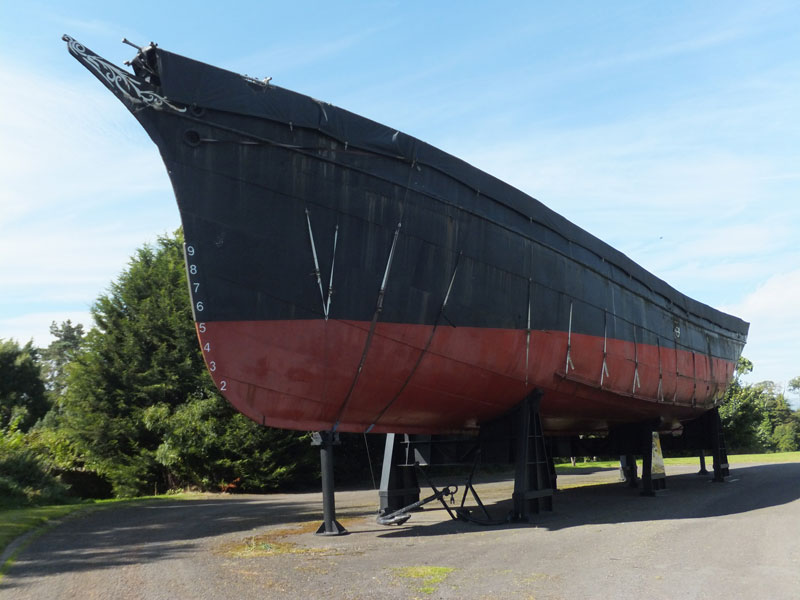
The last Ulster Schooner TMS Result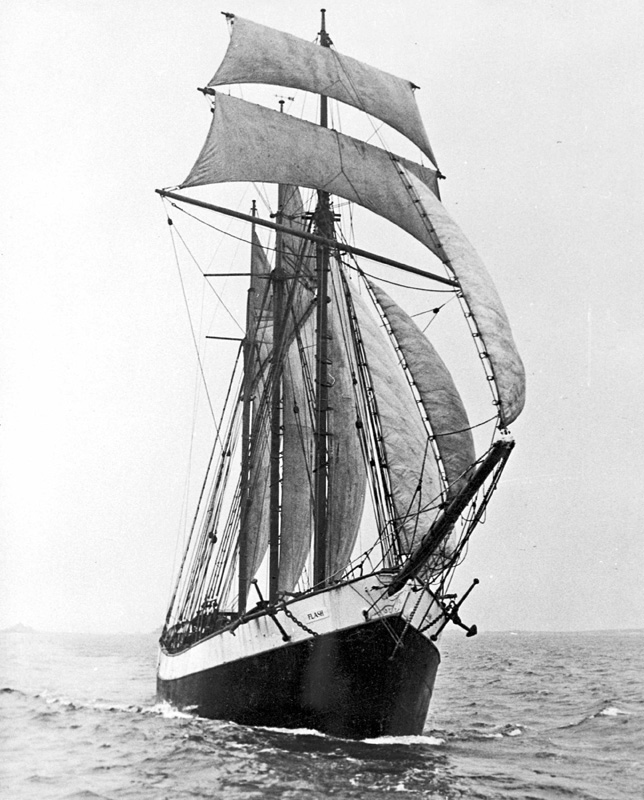
The Result was built in 1893 at Carrickfergus Shipyard, County Antrim, for the coastal cargo trade. She is the last surviving Ulster-built ship, out of hundreds of the small sailing ships that once plied their trade around the coasts of Britain and Ireland and were of such importance to coastal communities.
Result is a type of sailing vessel known as a three-masted schooner. She was the final development of a series of wooden and metal-hulled schooners which had earned a considerable reputation for their builder, Paul Rodgers.
Result sailed without an engine until 1914 when she was fitted with an auxiliary engine. Possibly, because of this, she was selected by the Royal Navy in 1916 to help combat the threat of German submarines as a Q-ship.
The vessels were named Q-ships as the first ones were converted in Queenstown; today Cobh in County Cork. Result fought three U-boats during her short naval career, and after being hit by a shell during her last battle she almost sank.
Result also featured in the 1951 Carol Reed film 'Outcast of the Islands'. Naval action and film career aside, Result continued to carry cargoes until 1967, being the last ship of her type still working in British and Irish waters.
Result has been described as the 'finest small sailing ship to have ever been built in these Isles' and due to her significance, she was acquired by the museum in 1970 and transported by road from Belfast to the Cultra site in 1979.
The Madill Archive Project
Funded by the National Heritage Lottery Fund, the Madill Archive project aims to digitise and celebrate a unique collection of material relating to traditional vernacular craft around the coast of Ulster. Created by individual enthusiast Harry Madill over a 30-year period, the collection comprises line drawings, photographs, recorded interviews, historical research and reports. A variety of vessels used in traditional fishing around the coast feature, including drontheims, skiffs, punts, cobles and currachs. In collaboration with the Public Record Office of Northern Ireland and the Ulster Transport Museum, the collection will be digitised for public access and its unique contribution will be celebrated by an official launch, Heritage Day and boat-recording workshop.
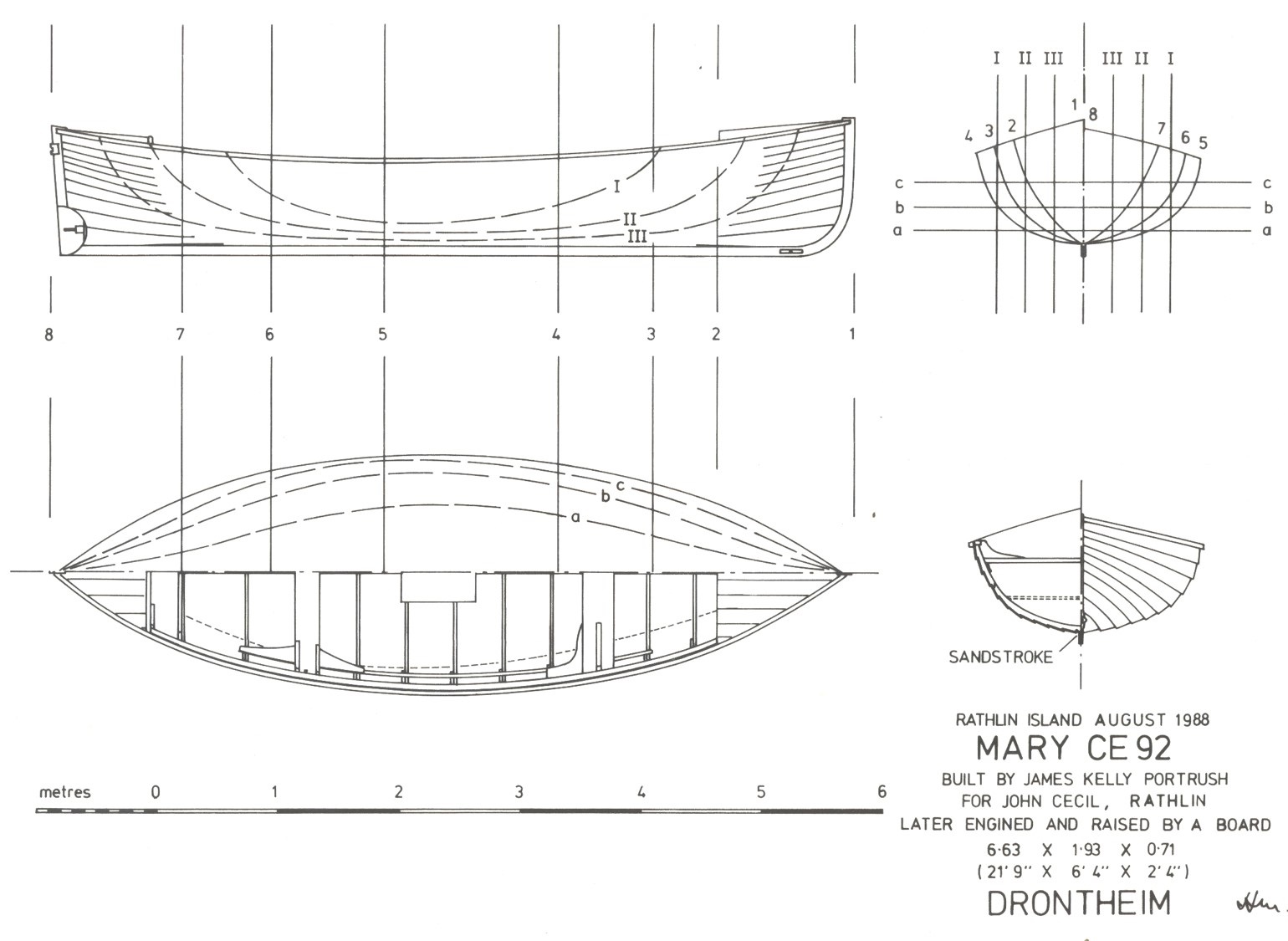
Beyond the interests of heritage managers, museum curators and academics, Harry's work has served as guidance for community groups with an interest in preserving and celebrating our vernacular maritime heritage. The last wooden vessels had fibre-glass moulds made, allowing for new vessels to be created with the original shape and sea-keeping properties of the parent craft. These have provided the impetus for maintaining a presence of traditional-form craft in our waters, and also for community groups who have been involved in fitting out the craft with wooden gunwales, thwarts, masts and other elements of rigging.
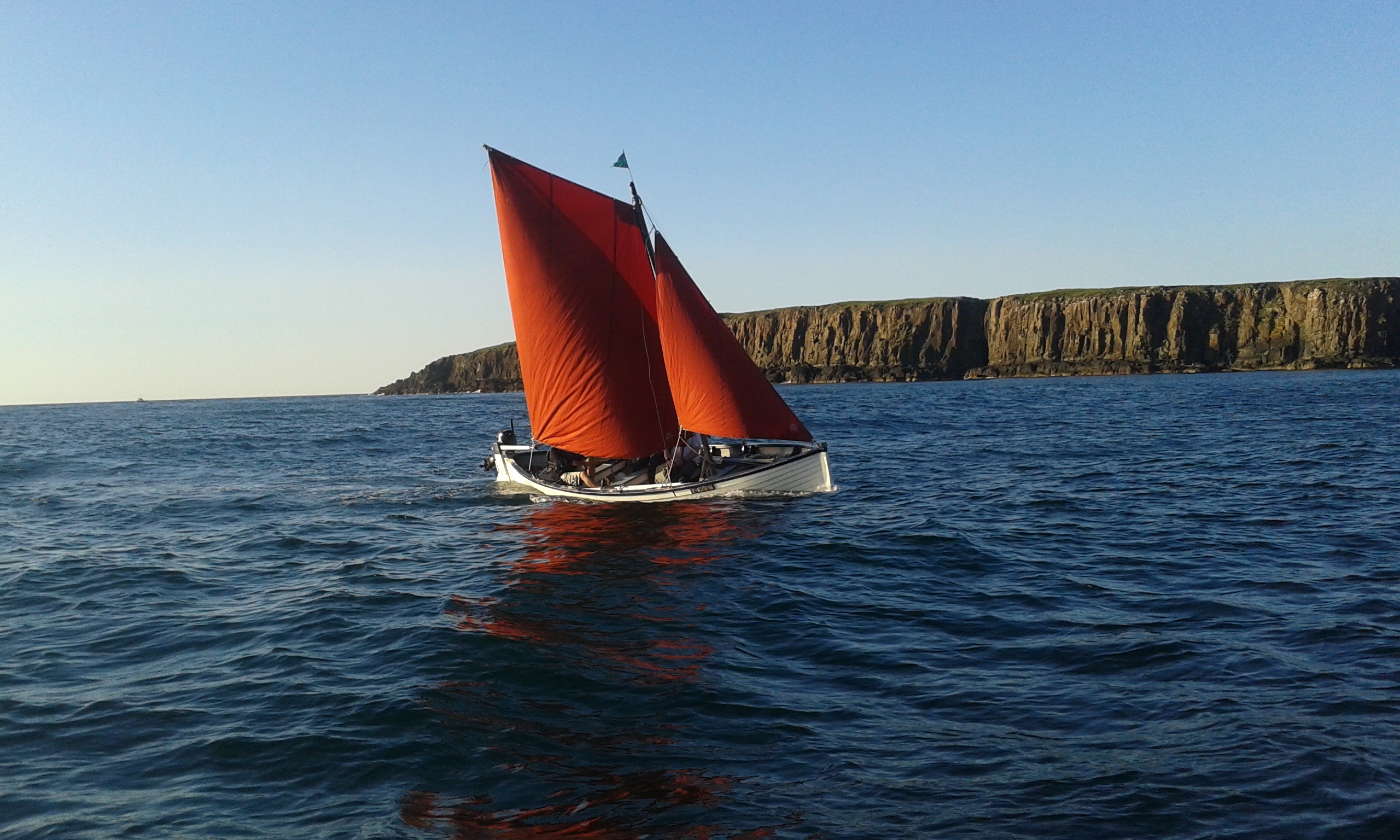
Reawakening the Ulster Folk and Transport Museum
‘Reawakening the Ulster Folk Museum’ is an exciting project that will seek to reconnect people with heritage and the environment, making the museum more relevant and resilient for current and future generations.
The reawakened museum will provide a space to reconnect with nature and with the rhythms of the landscape in a time of environmental crisis. It will offer an alternative to fast fashion, fast food, and disposable living, and empower people to grow, create, and mend. It will offer a space to connect with the heritage we have in common, that what makes us diverse and what the future might hold.
National Museums NI is now seeking planning approval to deliver enabling infrastructure at the Ulster Folk Museum, creating new spaces and new ways to link our heritage with a sustainable future. As part of a significant investment, the proposed application would deliver:
An iconic new Culture Hub, welcoming visitors to the museum and providing new exhibition spaces that will allow the museum to be better explained and open up opportunities for new research and content.
A new Industry Zone, providing a home to showcase our unique industrial heritage collection and allowing us to tell the story of the growth and decline of traditional industries and the effect of these changes on local communities and the environment.
Site-wide physical connectivity improvements, providing more flexible spaces for engagement, as well as greater accessibility and environmental sustainability.
An extension to the Ballycultra store, to help us manage and look after the museum’s rich collections.
The project will see new, carefully located buildings combined with sensitive interventions to the existing museum fabric to support new learning and participation opportunities, whilst also enhancing engagement with the museum’s inherent strengths.
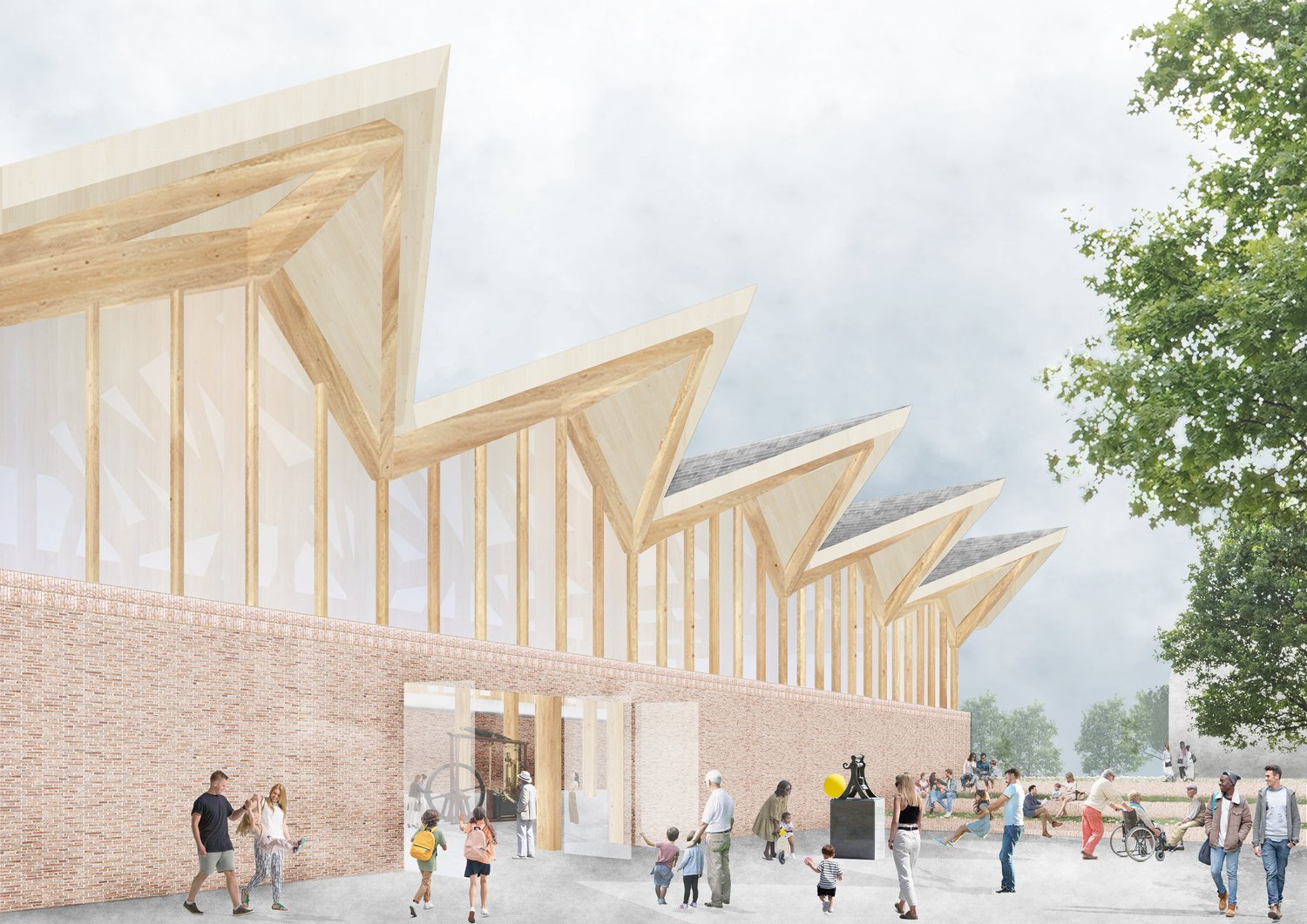
Read more about the Reawakening project
Find out more about the Ulster Transport Museum here
Find out more about Shipshape Network Northern Ireland here
National Historic Ships UK acknowledges the financial support of its sponsors